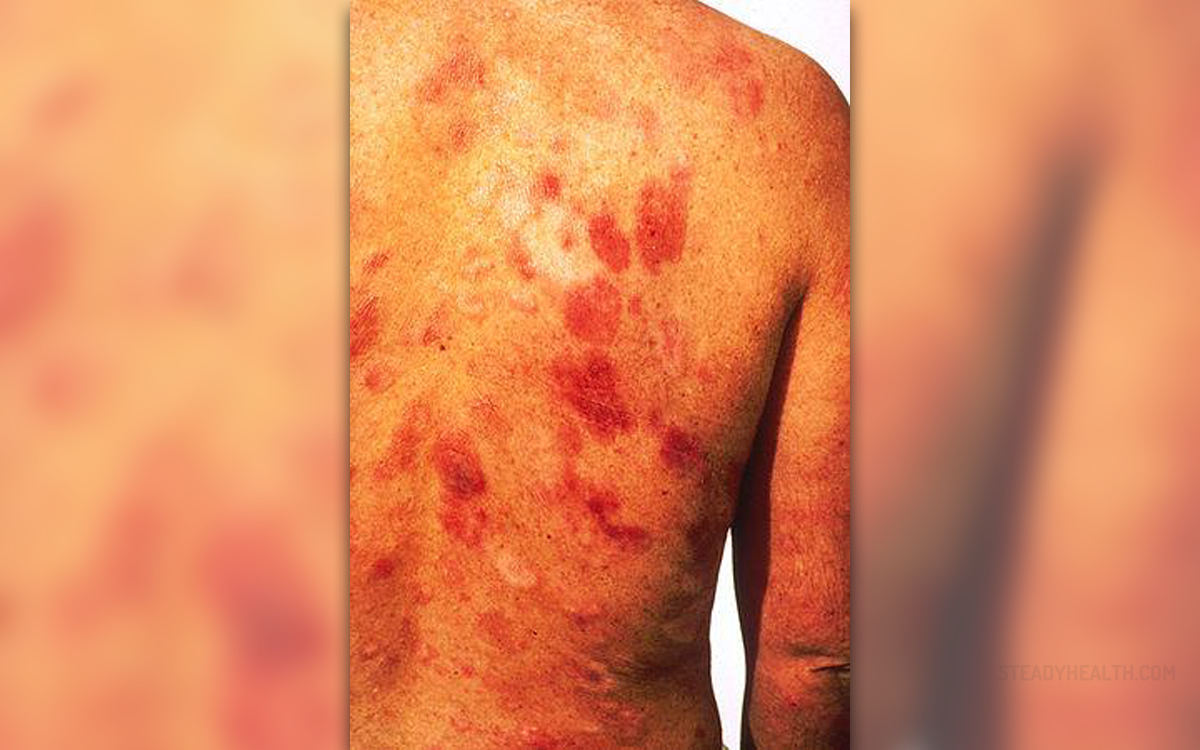
Definition
Kaposi sarcoma is a medical condition which typically affects blood vessels and it used to be an extremely malignant disease before the AIDS pandemicstarted. For those who do not know, AIDS is a lethal and quite severe medical condition triggered by human immunodeficiency virus. There are four maintypes of Kaposi sarcoma and these include Iatrogenic Kaposi sarcoma, endemicKaposi sarcoma, HIV associated Kaposi sarcoma and the classic type of Kaposisarcoma. Iatrogenic Kaposi sarcoma occurs from drug treatments which trigger immunesuppression, endemic Kaposi sarcoma only occurs in certain parts of Africa andthe HIV associated form of the disease mainly affects men who have sex with other men. Theclassic type of Kaposi sarcoma is a rather rare medical condition and it mostlyaffects men who reside in sub-Saharan Africa, Middle Europe and Mediterraneanregions. The men affected by this condition are usually middle aged or evenelderly and in most cases they live in rural environments. Kaposi sarcoma isknown for being associated with an increased risk of diabetes mellitus. Theeffective HAART treatment for the HIV disease has reduced the incidence rate ofKaposi sarcoma in Europe and the United States. In some countries inAfrica, Kaposi sarcoma is the most common type of cancer. Iatrogenic typeof Kaposi sarcoma is commonly associated with organ transplant patients. Kaposisarcoma is commonly connected with certain factors and these may or may notinclude hormonal factors, genetic factors, production of cell signaling proteins,production of certain cytokines and infections with Kaposi sarcoma herpesvirus. This virus frequently affects male homosexuals, but in some cases it mayalso occur in heterosexual individuals as well. According to numerous scientists andresearchers, Kaposi sarcoma may be classified either as a neoplasm or areactive hyperplasia. In some cases it may be metastatic, while in others itmay be considered as multicentric. The aforementioned virus may replicate andtrigger Kaposi sarcoma or several other medical conditions, or it may remain dormant.
Signs, Symptoms and Diagnosis
Kaposi sarcoma may be easily identified by the presence ofred or purple spots on the skin and mucous membranes. These spots are referredto as macules and in most cases they are accompanied by raised bumps which arecalled nodules or papules. The lesions associated with the condition arecommonly small and involve no pain in the initial stages of the disease. As thedisease progresses, the lesions may become painful and they may also involveulceration. The various forms of Kaposi sarcoma may involve a cavernous diseaseform, a lymphangioma-like disease form, ecchymotic form, keloidal form, visceraldisease form, disseminated cutaneous disease form, infiltrative plaque form,exophytic lesion form, localized plaque form, generalized lymphadenopathicform, locally aggressive form and the localized nodular form. In most cases,the initial phases of Kaposi sarcoma is characterized by flat patches on the lower portionsof the legs. Later on, the patches slowly progress and evolve into nodules,plaques or scaly tumors. There are also cases when the Kaposi sarcoma may occurin the internal organs such as the lymphatic system, the genitals, the lungsand the gut. Internal lesions which involve the aforementioned internal organsmay be associated with certain types of symptoms such as the swelling of thelegs, shortness of breath, bleeding and discomfort when swallowing. Even thoughKaposi sarcoma can easily be identified due to its characteristic visual appearance,proper diagnosis still requires a skin biopsy of the lesions. Some cases maycall for blood tests, but they may sometimes show no evident abnormalities.
Treatment Options and Prognosis
In cases of Kaposi sarcoma associated with HIV infection,the best treatment option is to deal with the underlying infection first andthat is commonly done by using highly active antiretroviral drug combinationsknown as HAART. Iatrogenic cases of Kaposi sarcoma may be dealt with simply bystopping the immune suppressive medications which triggered the condition in the firstplace. There are certain types of treatment for the localized lesions in caseswhen they trigger certain cosmetic problems or if they are simply too painful.Topical application of alitretinoin gel may be one such option. Injections withanti cancer drugs may also be helpful to a certain extent. Some cases oflesions may be treated by using pulsed dye laser or pulsed carbon dioxidelaser. Individual nodules may be excised in a surgical manner, as well. Lesionsin the classic cases of Kaposi sarcoma may sometimes be treated with radiotherapy.One of the most common solutions to the lesion problem is cryotherapy whichinvolves the use of liquid nitrogen. A combination of anti cancer drugs iscommonly used for the treatment of internal or extensive lesions. Otherpossible treatment options include chemotherapy and immunotherapy. It must benoted that Kaposi sarcoma cannot be cured, but it symptoms can be controlled.




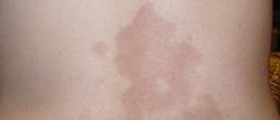
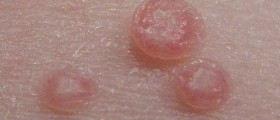

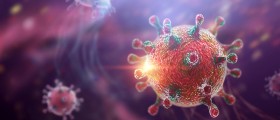
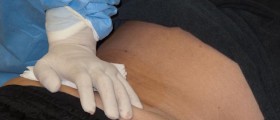
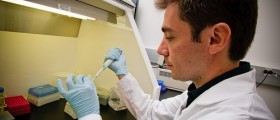


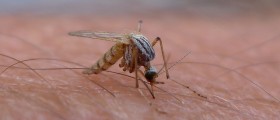



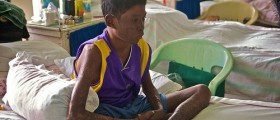
Your thoughts on this
Loading...